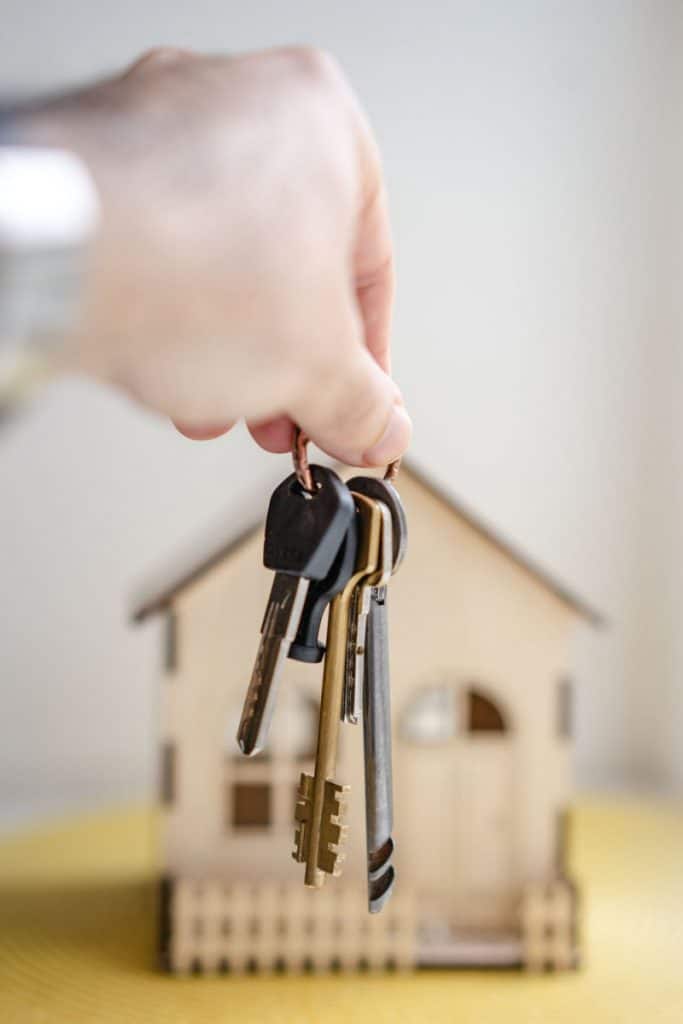Which items will stay and which will go?
It is important to clarify what items are being included in the sale of a property. The Contract of Sale will normally specify what moveable items (“fittings” or “chattels”) will remain with the property and if any fixed items (“fixtures”) will be removed from the property prior to the settlement.
Unfortunately the situation commonly arises where a property settles only for the buyer to find that some features have been removed from the property which they thought would remain with the home or land.
Fixtures and Fittings – What’s the difference?
A question arising in all conveyancing transactions is whether an item in the property is a fixture (which stays with the property on sale, unless the contract says otherwise) or a fitting (which is removed from the property on sale unless the contract says it is an inclusion and therefore stays with the property).
The difference between a fixture and a chattel is if the item is affixed to the land to any great extent, it is a fixture. If it is a freestanding movable item and rests on its own weight, it is presumed to be a chattel. If the buyer wants any chattels to remain with the property, they should be noted in the Contract. Similarly, if the seller wanted to remove any fixtures, they need to agree to this with the buyer and list it in the Contract.
Typically, there is a two-step test used to determine whether an object is a fixture of not:
- Consider the degree of fixation.
- Consider the intention relating to the fixation.
When determining if an item is a fixture or chattel, the surrounding circumstances of item must be examined. Factors that may be considered include:-
- Whether or not the item can be removed without causing substantial damage to the property to which it is attached.
- Whether the intention was for it to remain in position permanently or for an indefinite or substantial period.
- Whether it has been fixed with the intention that it shall remain in position only for some temporary purpose.
- Whether or not it is common practice for the item to be removed.
Fixtures
Fixtures are considered part of the property. They consist of the house itself, other structures, and parts of the house attached to or built into the house which are considered a permanent part of it. Fixtures need not be listed on a contract for sale as they are considered part of the property. A fixture is usually an item:
- which is an integral part of the structure, or
- the removal of which would cause damage to the structure (e.g. the bath tub, basin and toilet).
Examples of fixtures include:
| Plants buried in the earth | Hot water systems |
| A garden shed which has been cemented in | Carpets |
| A basketball hoop attached to the garage wall | Clothes lines |
| A water tank resting on its own weight | Ceiling fans |
| Solar panels | Mail boxes |
| Stoves | Built in bookshelves |
Fittings
Inclusions/fittings are items which are not permanently attached to, or part of, the structures on the property. Only those inclusions listed on the contract legally stay with the property. Inclusions are things which might easily be removed without causing damage to the structure.
Examples of fittings include:
| Pot plants and hanging baskets | Some pool and spa equipment |
| Portable marquee | Washing machines |
| Dishwasher | Clothes line |
| Wheelie bins | Mowers |
| Televisions | Garden tools |
| Blinds | stone carvings |
| bird baths | BBQ fittings |
| TV wall mounting brackets | alarm systems |
| floor coverings | air conditioners (excl portable a/c) |
| remote controllers | TV antenna |
| range hoods | built-in wardrobes |
| hotplates | screen or security doors |
| insect screens on windows | garage door openers |
| garden sheds | gas heaters |
| external awnings | swimming pool filtration equipment |
| automatic pool cleaners |
Avoiding uncertainty
Some items fall into a ‘grey area’ and may be considered as either a fixture or an inclusion.
Examples of these include:
| Barbeques/Gas bottles | Sprinkler systems |
| Curtain rods & curtains | Light fittings |
| built-in TVs | TV wall mounting brackets |
Summary
When you are purchasing a property the safest way to ensure all items you want to be left at the property is to include them in the Contract of Sale prior to signing.
A dispute between parties regarding the fixtures and chattels when they have not been clearly outlined in the Contract is a common occurrence. The potential legal costs which could be incurred would typically outweigh the actual value of the item.
The simplest way to avoid any disputes regarding fixtures and chattels is, when in doubt, list on the front page of the contract:
- items that could be deemed an inclusion; and/or
- items that are excluded from the sale.
It’s a good idea to remove or replace any items to be excluded from the sale (e.g. specific light fittings or curtains which match a bedspread), before the property is marketed for sale. This ensures that a prospective purchaser isn’t put off by thinking they will have to immediately buy those items (e.g. new curtains for the bedroom).
Contact us for prompt,reliable and friendly advice and assistance if you plan to buy or sell property.





